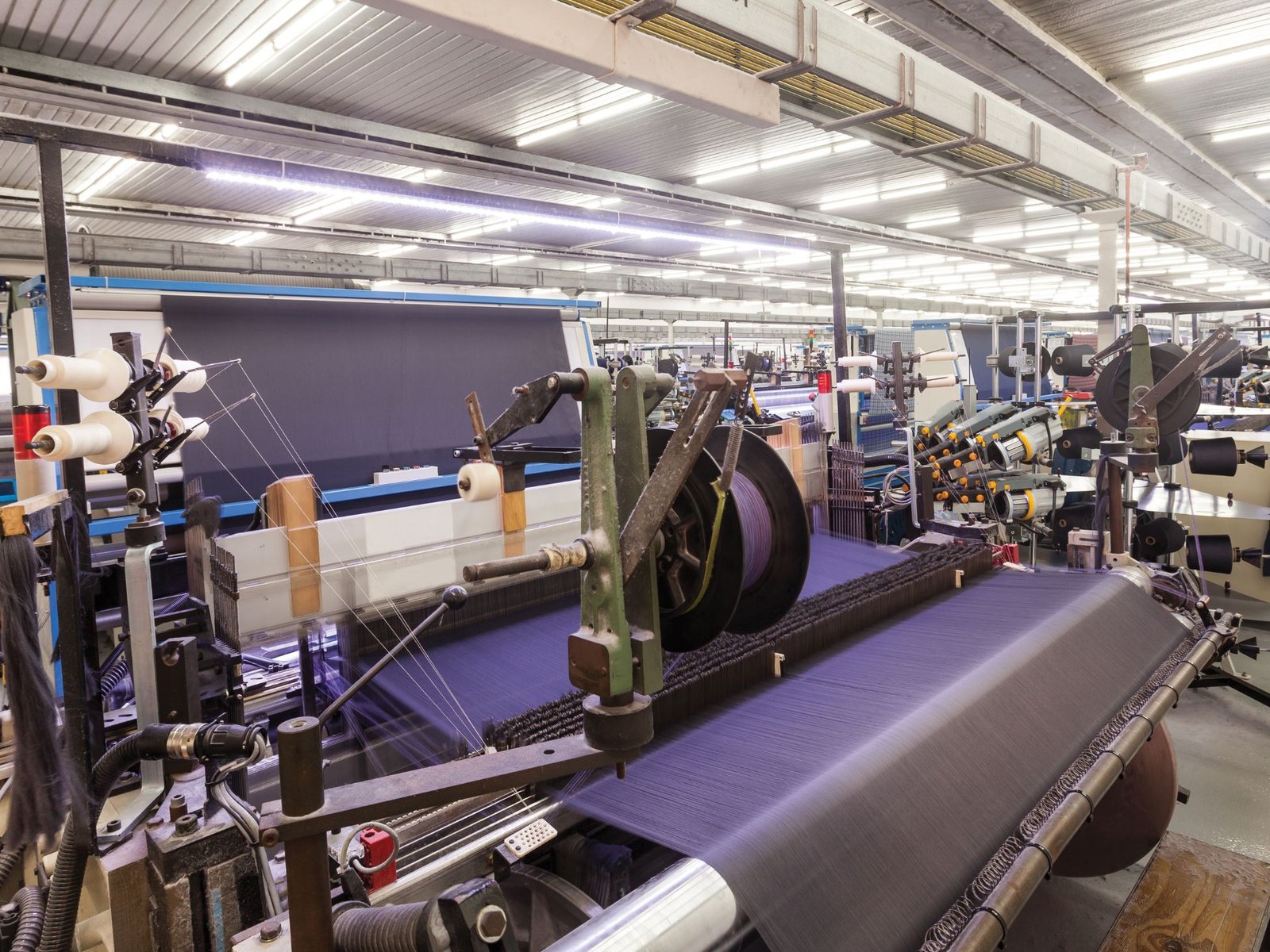With the development of technology, there is a growing awareness among consumers who want to take action to protect the environment. As a result, purchasers want to pay more attention to specific markings and documentation that are intended to confirm the safety of the product so that it is not harmful to nature at the same time. This is guaranteed by the OEKO - TEX symbol badge
What are the characteristics of the OEKO - TEX label?
OEKO-TEX is one of the most recognised international labels for the quality and safety of textile and leather products. It is issued by the International Association for Textile and Leather Research and Testing, which was founded in 1992. At present, the association comprises 17 independent research associations in the European region and in Japan. In Poland, OEKO-TEX's representative is the Institute of Textile Engineering, based in Łódź. The institution currently holds the following certificates: OEKO - TEX Standard 100, OEKO - TEX Made in Green, OEKO - TEX Responsible Business, OEKO - TEX STeP, OEKO - TEX Organic Cotton,OEKO - TEX Leather Standard and OEKO - TEX Eco Passport.

OEKO-TEX Standard 100
OEKO-TEX Standard 100 is the most well-known OEKO-TEX mark. Having it is the same as guaranteeing that a specific product does not contain any of the almost 100 substances that pose a threat to the purchaser, which can cause allergic reactions. The closer the skin comes into contact with the fabric, the higher the requirements the fabric must respect, hence the categorisation into four classes:
● Class IV - Textiles and decorative materials
● class III - textiles and materials that do not come into direct contact with the skin
● Class II - textiles and materials dedicated to children, which are in more frequent contact with products.
leather
● Class I - textiles and materials dedicated to children. The strictest restrictions apply in this class.
OEKO - TEX Made in Green certificate
OEKO-TEX Made in Green is a label for textile products which indicates that the product and its production processes comply with the requirements for the safety of the purchaser, the worker and the environment. It is important to note that the certificate is valid for one year, after which time it expires and must be reapplied for.
OEKO-TEX Responsible Business is an autonomous certification scheme for brands and entrepreneurs in the textile and leather sector. Having this certificate is tantamount to a guarantee that the manufacturer has duly respected human rights and environmental protection.
OEKO - TEX STEP is a global certification system which, however, has some differences, as it does not refer to the textile products themselves or the abbreviations but to the companies manufacturing them. It declares that the processes that take place in the companies are carried out in a stable manner, taking care of a sense of safety and employee morale. This certification is a guarantee that all environmental criteria are met.
OEKO - TEX Organic Cotton This is one of the latest labels, announcing that a specific commodity is made with a minimum of 70 % of organic cotton and the products are tested for pesticides and other hazardous substances The product is also tested for GMOs during production.
OEKO-TEX Leather Standard is a label applicable only to leather products. No harmful substances that could pose a risk to humans or the environment were used in the production of the product. As with the OEKO-TEX Standard 100, goods are tested at every stage of production.
OEKO-TEX Eco Passport
OEKO-TEX Eco Passport is used for chemicals as it certifies all chemicals used in textile production and
leather such as dyes. The label guarantees that the products are safe for the buyer and the environment.
How do I get OEKO-TEX certification?
To begin with, we need to submit documents via the association's website and pay the necessary costs.
Secondly, it's time for meticulous testing, which varies depending on which certificate you're applying for. If we are applying for a certificate that relates to goods, we have to send a sample of the goods to one of the OEKO-TEX testing institutes, where it will be analysed in depth.
The final step is the examination after which, if successfully completed, he receives this certificate.
Receiving certification does not mean the end of the procedures, due to unannounced inspections of products in production facilities and those obtained from shop shelves/ If the requirements are not met, certification may be invalidated.
In order to verify whether the label is valid, we encourage you to visit the official OEKO-TEX website, where you can check its validity by entering the label number.
What does the OEKO - TEX certification give you?
We can find the OEKO - TEX certificate on textile and leather products in every corner of the world. Every day, countless manufacturers from close to 100 countries around the world use the label. It is one of the most popular quality labels for textiles, which means that by owning it, we can make it much easier to sell goods in markets abroad. In addition, with each passing year, consumer awareness of the goods being purchased grows, so that having the certificate gives extra credit when buying products.







